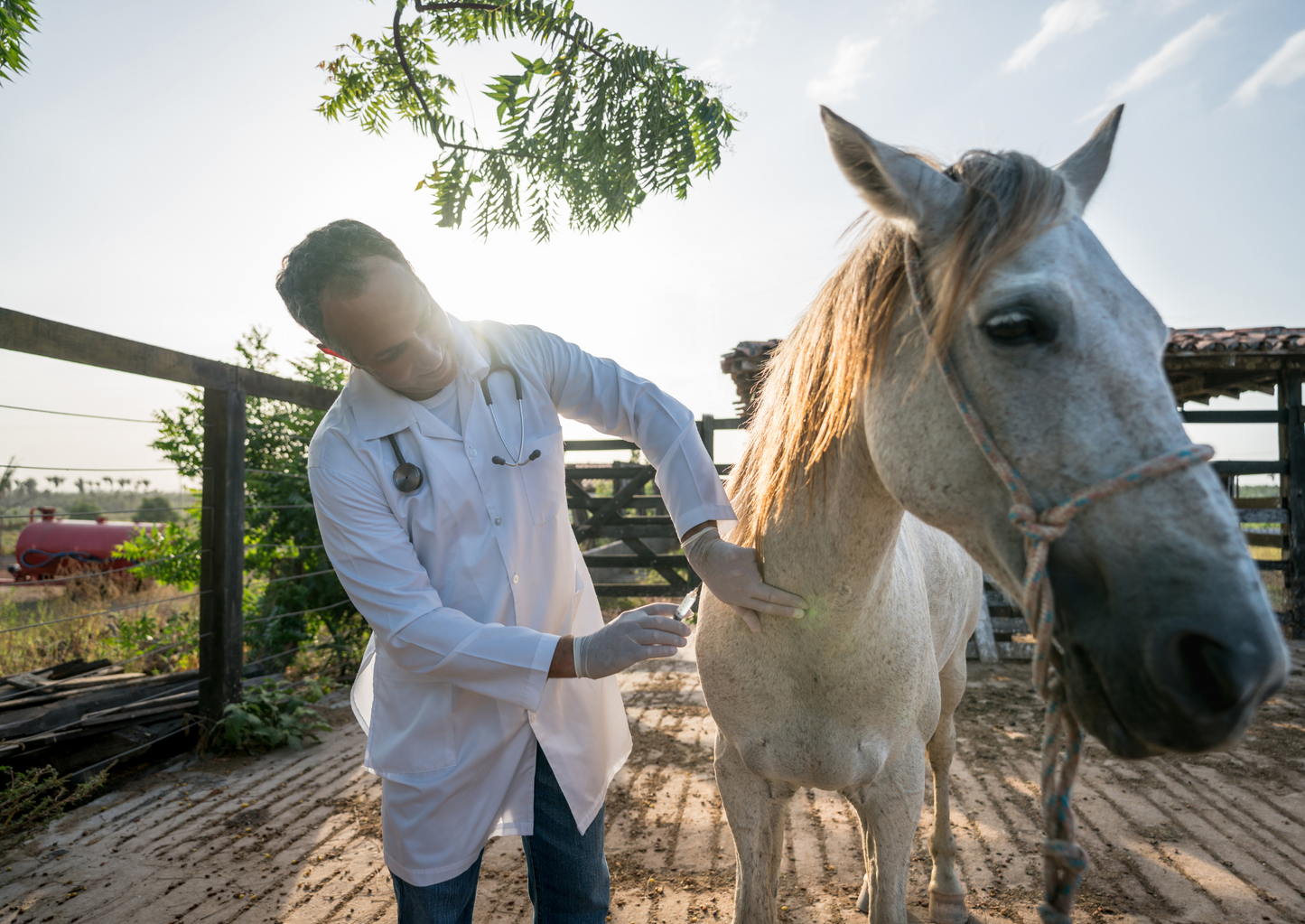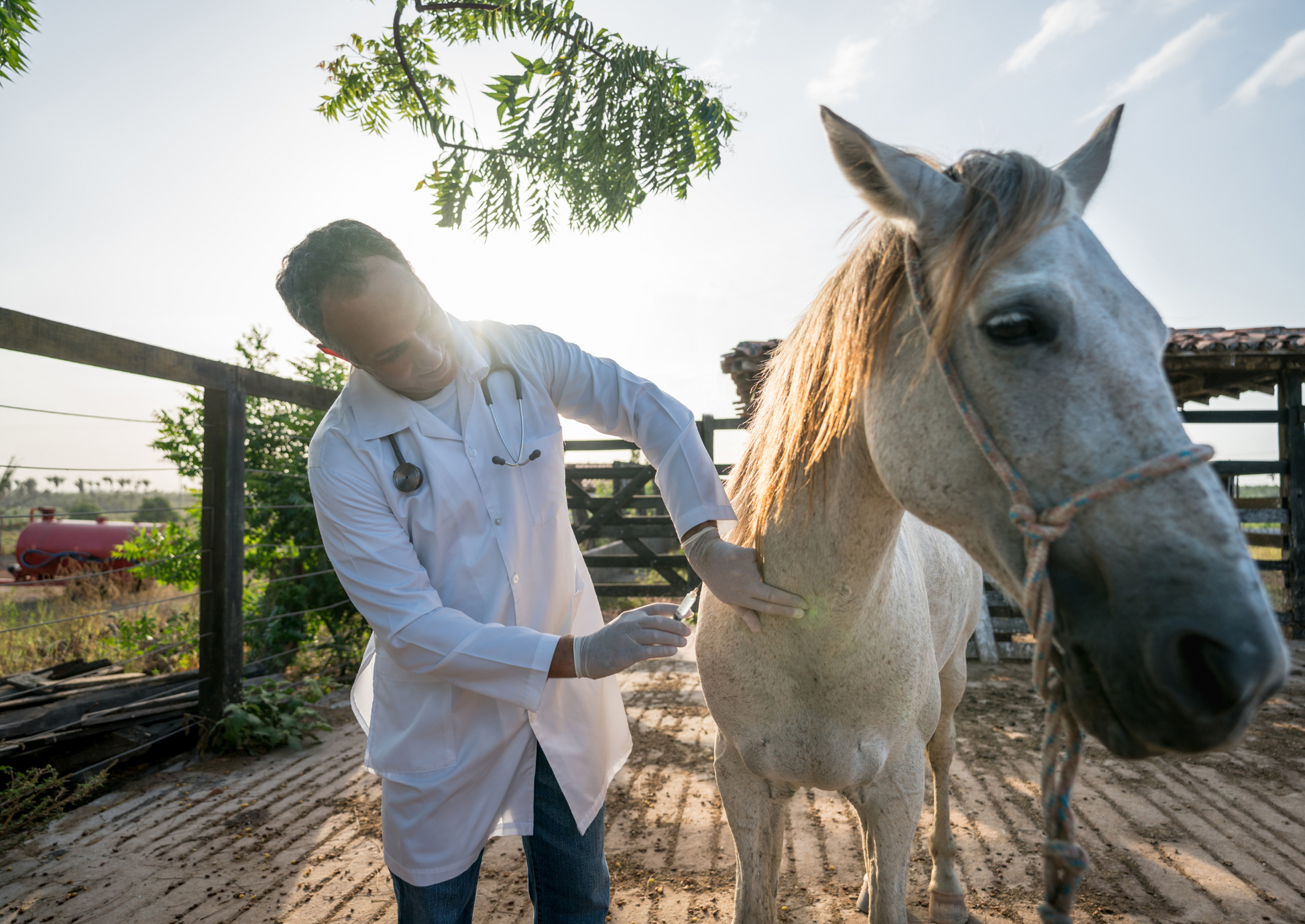London Vet Show 2022
I've no idea if this horse is lame
I've no idea if this horse is lame
Couldn't load pickup availability
Poor performance is one of the most challenging presentations in equine practice. The differential diagnoses include inumerable underlying causes such as respiratory disease, lack of talent or practice on behalf of the rider, but also low grade lameness. The assessment of low grade lameness can be very challenging, and some individuals are better than others. Sadly, this does result in the ability to bluff your way, professing that you can observe lameness which others cannot. The techniques to assess low grade lameness include lunging on a hard surface. Examination under rider should be considered, and the riders opinion considered, if not relied upon. Recently objective lameness analysis has become widely available and the information from these can also be considered. A problem which remains is the response of the individual horse. Some will put up with remarkable levels of lameness, while others will perform poorly with minimal other signs of lameness. Multiple limb lameness is common, is usually much more significant to the horse, and if often not apparent until one leg has been "blocked out"
- Examination on the lunge on varying surfaces, and under rider
- Use of nerve blocks for bilateral lameness
- Use and interpretation of objective lameness analysis
Presented at London Vet Show 2022
Friday 18th Nov 2022
BVA/BEVA Equine Theatre
Please note this session is not RACE-approved but you can still earn a CPD certificate
Share


